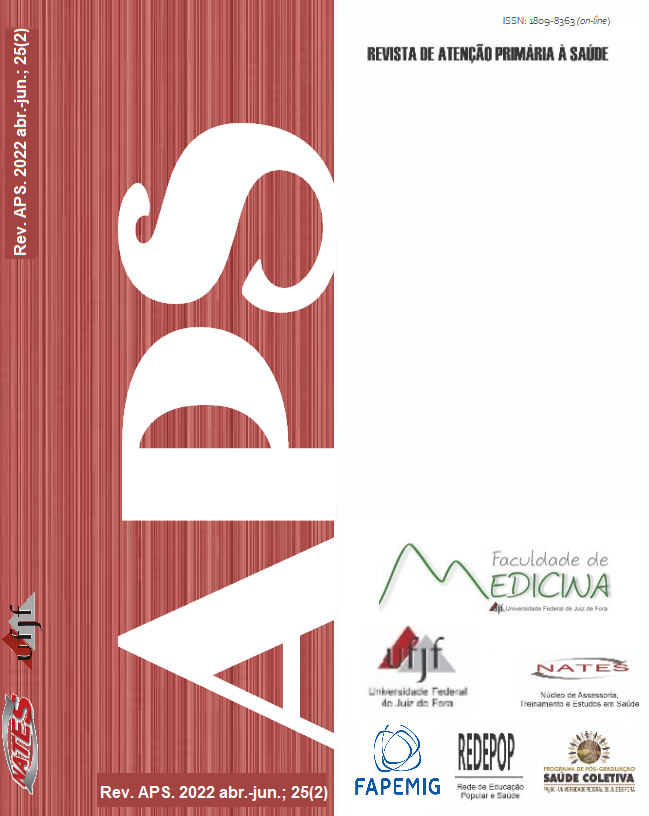The physiotherapist in the Expanded Family Health and Primary Care Centers (NASF-AB) of Sergipe
DOI:
https://doi.org/10.34019/1809-8363.2022.v25.32593Keywords:
Fisioterapia, Atenção Primária à Saúde, Estratégia Saúde da FamíliaAbstract
The aim is to analyze the socioeconomic profile, qualification and the performance of physical therapists in the Family Health and Primary Care Extended Centers (NASF-AB) in Sergipe. This is a cross-sectional study with a qualitative and quantitative character, with descriptive and analytical approaches. The sample consisted of 13 physiotherapists with a profile in which predominantly white women, born in the capital and aged 12 or more years since graduation. Regarding the NASF technological tools, matrix support was the only one used by all participants. Home visits (61.5%) were the most performed activities, of which 84.6% occurred in teams for the elderly population. The weekly actions had an emphasis on health promotion and disease prevention (69.2%) and in the work process 76.9% reported that there was no joint assessment between NASF and managers and 69.2% between NASF and councils. Between the NASF and the FHS, all physical therapists reported to occur. There was also a lack of knowledge about the NASF and a lack of training provision.









